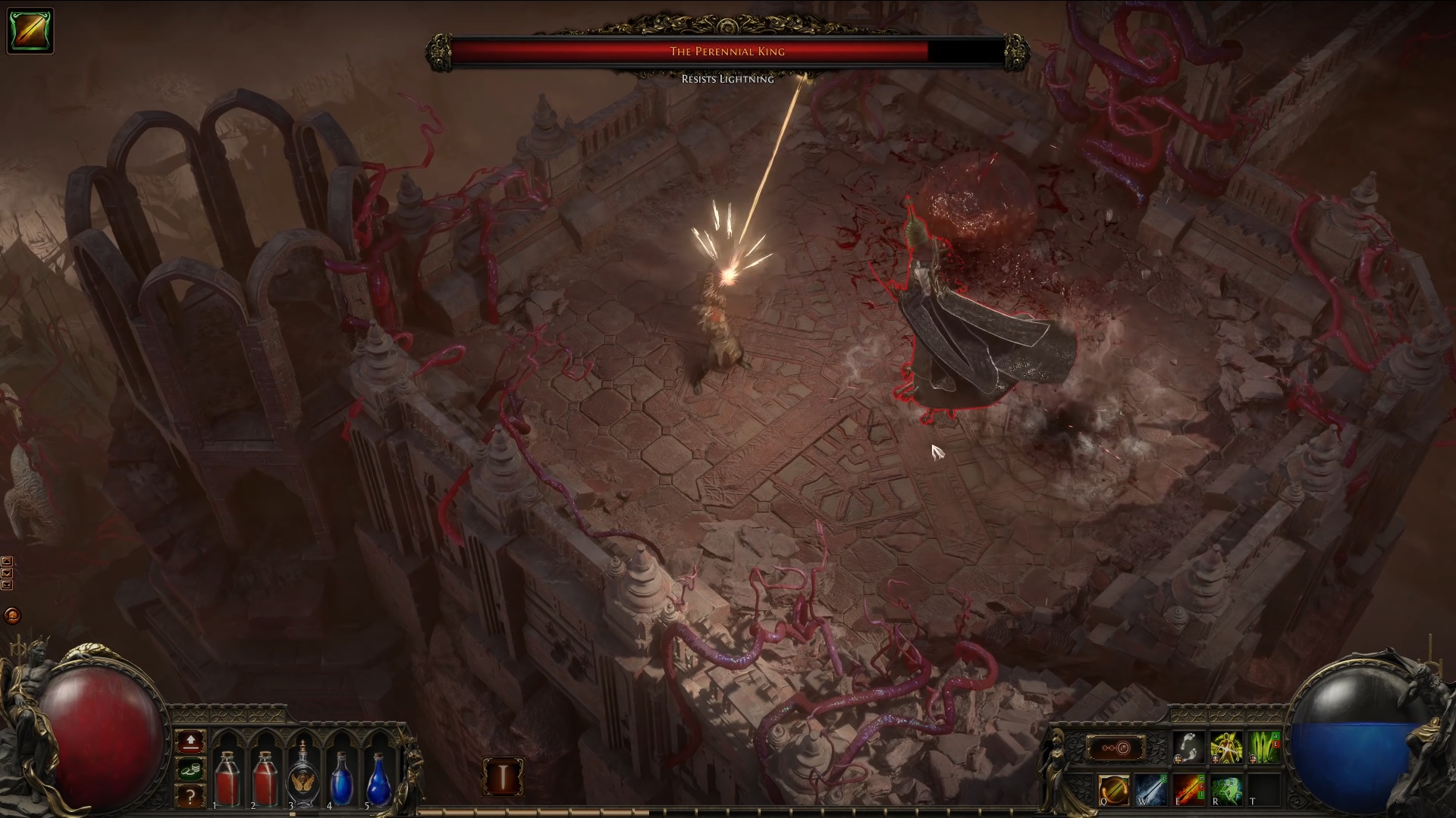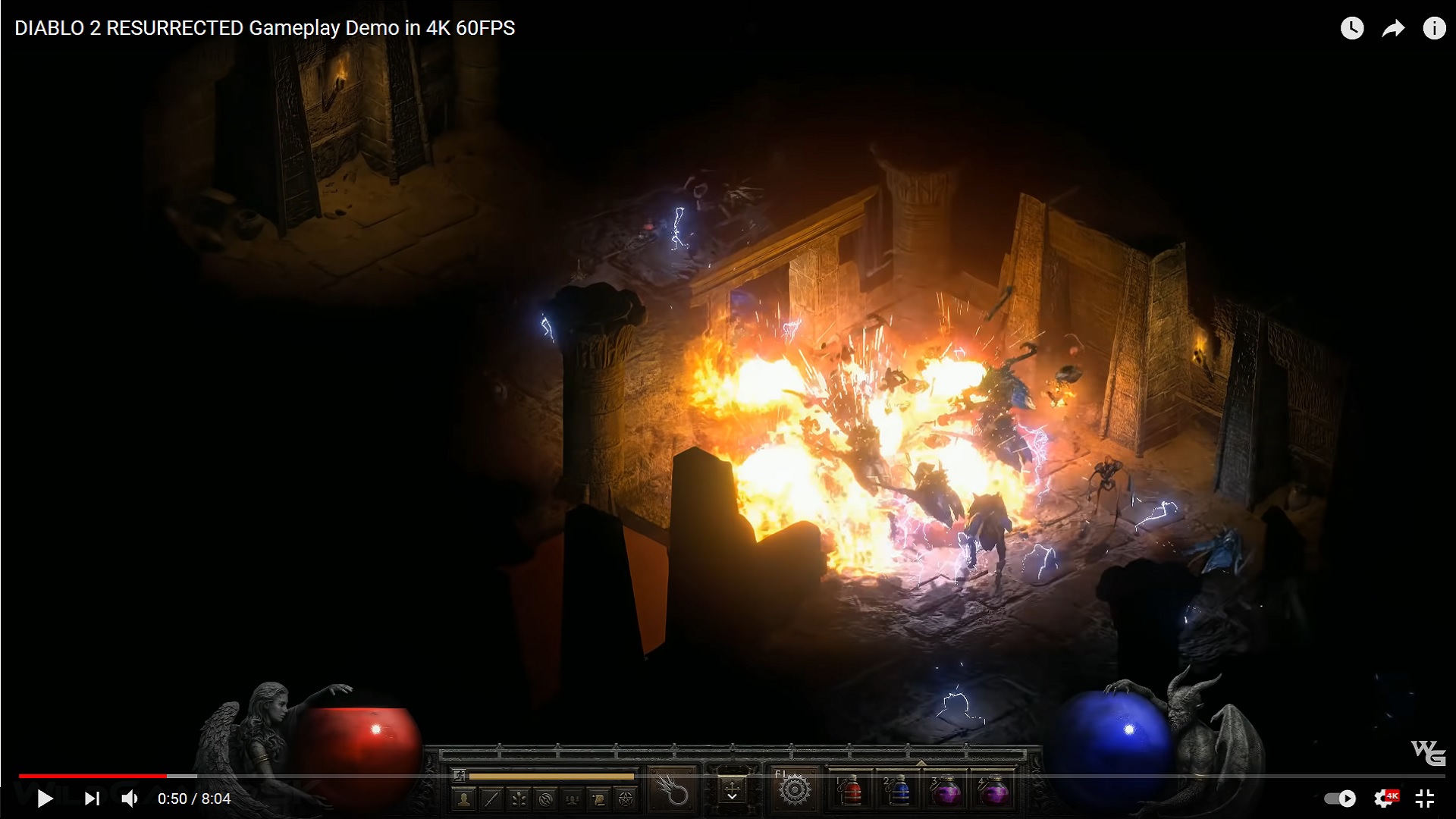
It is a game that looked dated when it released, and the ensuing years have not helped matters. The developers tried for a stylized look, but it just didn’t quite work out, and in practice everything just looks muddy and blurred. The only serious fundamental flaw it still has are its graphics. It has a great story, memorable characters, flawlessly smooth combat, rich lore, a broad and rewarding endgame, and a flexible build system that actually encourages adaptation and experimentation rather than punishing it. The problems it had at launch have nearly all been fixed. Differences that seem subtle at first can make all the difference, especially for die-hard fans.ĭiablo III is, in many ways, the gold standard for what an ARPG should be. This is a genre that likes to stay very true to its traditional paradigms of game design and aesthetics, but that doesn’t mean they’re all the same. Today I’d like to do something similar for another genre of game that is near and dear to this column: online ARPGs. For example, since Diablo 3 has almost infinite scaling difficulty, ineffective builds will eventually become a source of frustration leading to a set number of meta builds that progress the most difficult content.A while back in the Not So Massively column, I did a piece comparing the pros and cons of some of the biggest names in the realm of looter shooters. Introducing new seasonal events that allow players to progress their characters, or even adding more depth to builds will give hardcore players more goals to achieve. While it's unlikely that Diablo 4 will introduce new major mechanics every season, there should at least be more options for players to progress their builds other than rifts and levelling gems.
PATH OF EXILE 2 VS DIABLO 4 HOW TO
Blizzard should look to Path of Exile as an example of how to do seasonal challenges better.

Instead, players will often leave the game months at a time simply because there isn't enough new content to explore. At the same time, though, the Diablo series lacks options for endgame content and there are no incentives for players to return each season. After all, the target audience for both games are quite different, and Path of Exile offers more build variety simply due to its massive skill tree.

Of course, it's unreasonable to expect that Diablo 4 will mirror Path of Exile in terms of endgame content. The Paragon system introduced in Diablo 3 helped with the lack of endgame content, but players are ultimately limited in the options they have to progress their Paragon levels. There are rarely big enough changes to incentivize players to start a new run for the season, and much of the progression in the endgame content is limited to a few mechanics. While Path of Exile is naturally geared towards the hardcore audience and will inevitably offer a deeper endgame, Diablo 3 often feels like a repetitive grind once players are accustomed to rifts and bounties. The variety of endgame content ensures that Path of Exile has a solid endgame foundation while giving players the freedom to decide how they want to reach their goals. However, there are also a number of other alternatives introduced in previous leagues which allow players to continually progress their gear if they ever lose interest in mapping. For example, the main component of Path of Exile's endgame comes from completing maps, which are areas where players kill mobs and bosses to gain loot in order to progress their builds.


 0 kommentar(er)
0 kommentar(er)
